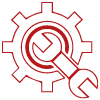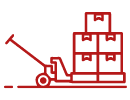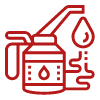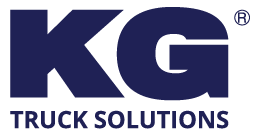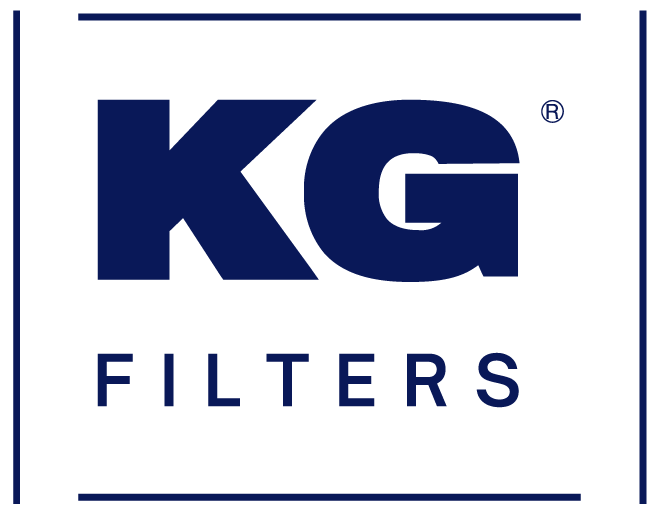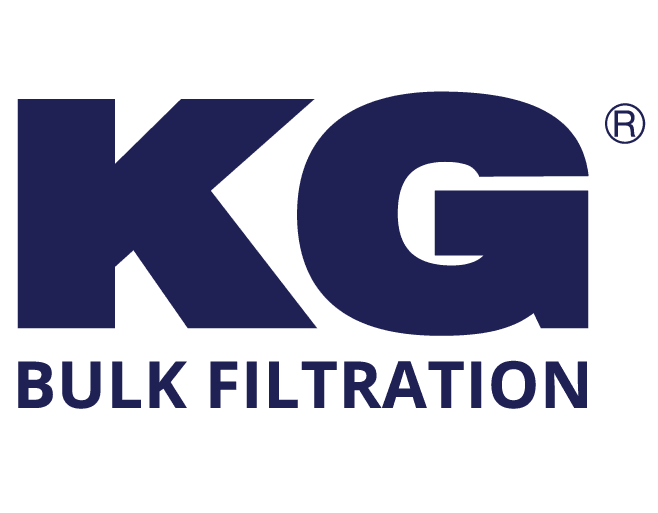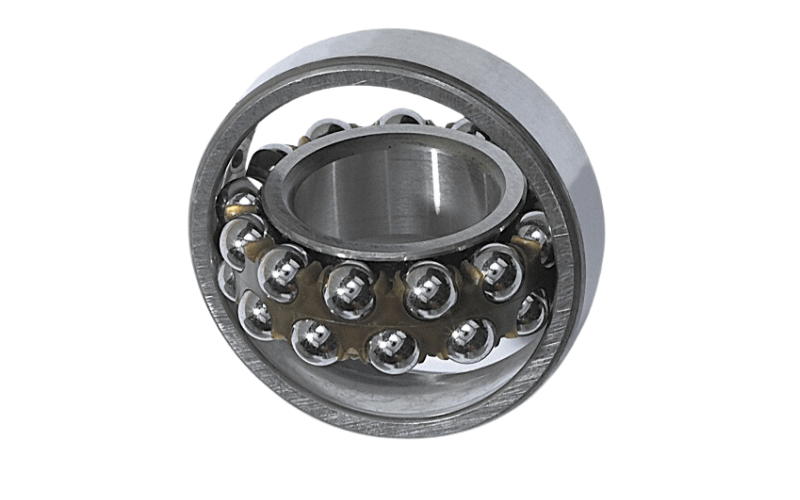Demystifying Self-Aligning Ball Bearings
Precision and alignment are critical for smooth and efficient machinery operation in the world of bearings. One type of bearing that excels in this regard is the self-aligning ball bearing. This blog post will delve into the anatomy of self-aligning ball bearings and its unique features, shedding light on their design, applications, and benefits.
The Spherical Marvel: Self-Aligning Ball Bearings
Design and Construction
Self-aligning ball bearings are engineered to house the inner ring and ball assembly within the outer ring, creating a spherical raceway. This unique design imparts a remarkable capability: the ability to tolerate small angular misalignments of the shaft, typically ranging from 2.5º to 3º, depending on the bearing series. These misalignments can occur due to normal usage or even mounting errors.
Inner Ring with Double Raceways
The inner ring of self-aligning bearings features not one but two raceways. In contrast, the outer ring boasts a single spherical raceway with its centre aligned with the bearing’s axis. It’s this arrangement that grants these bearings their self-aligning character.
Perfect for Applications with Shaft Deflection
Self-aligning ball bearings are feasible for applications where slight deflections of the shaft are expected during everyday use. This flexibility ensures that the bearings adapt and function optimally, even with minor shifts or vibrations.
Applications and Limitations
Applications
Self-aligning ball bearings find their niche in applications where radial loads are prevalent, but they are intended for something other than handling axial loads. These bearings shine in scenarios with low to medium-speed requirements. Their ability to accommodate misalignment makes them valuable in various industries, including manufacturing, automotive, and mining.
Limitations
While self-aligning ball bearings offer unique advantages, they do come with limitations. They are not designed for axial loads, which means they are not suitable for applications where significant thrust forces are at play. Additionally, their optimal speed range is limited to low to medium speeds.
Benefits of Self-Aligning Ball Bearings
Misalignment Tolerance
The primary benefit of self-aligning ball bearings is their ability to tolerate misalignment. This feature simplifies installation and enhances the longevity of bearing by reducing the stress placed on components.
Increased Service Life
Self-aligning ball bearings can significantly extend their service life by reducing wear and tear on the bearing and surrounding components. This translates to less frequent replacements and maintenance, reducing downtime and costs.
Versatile Applications
Self-aligning ball bearings are versatile and can adapt to various applications. From conveyors and pumps to fans and agricultural machinery, these bearings prove their worth in a wide range of industries.
Enhanced Reliability
The self-aligning nature of these bearings contributes to the overall reliability of the machinery in which they are used. They can handle the inevitable shifts and vibrations encountered during operation without compromising performance.
Choosing the Right Bearings
Selecting the correct bearings for your machinery is a crucial decision. When considering self-aligning ball bearings, it’s essential to evaluate factors such as the expected misalignment, load requirements, and speed of operation. These parameters will guide you in choosing the appropriate bearing series and size to ensure optimal performance and longevity.
Self-aligning ball bearings are a testament to engineering ingenuity. Their ability to adapt to misalignments and provide reliable service in various applications makes them an asset in the manufacturing sector. However, it’s essential to understand their limitations and choose them wisely based on your specific machinery requirements. For optimal results, consult with bearing experts like KG International, who can provide guidance and supply suitable self-aligning ball bearings for your needs. Whether it’s handling misalignments or enhancing the reliability of your machinery, these spherical marvels are up to the task.




